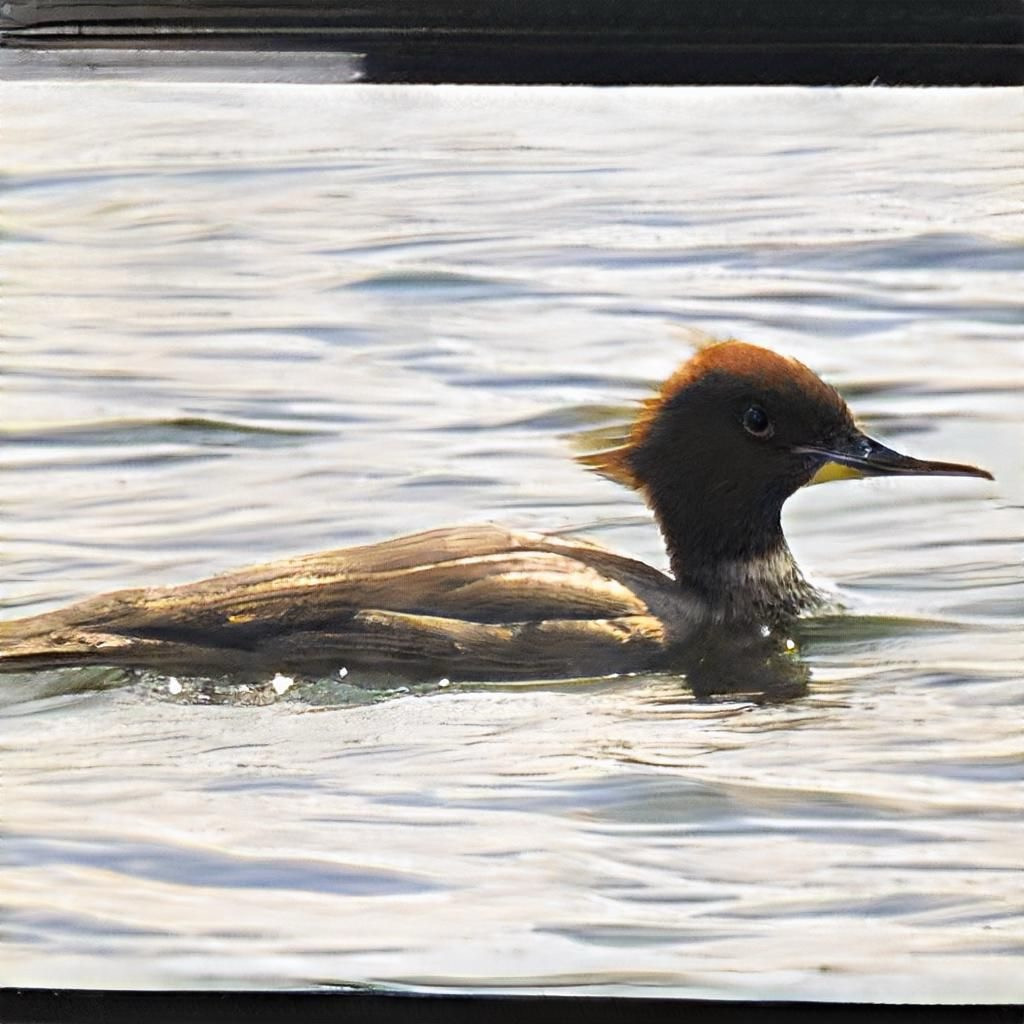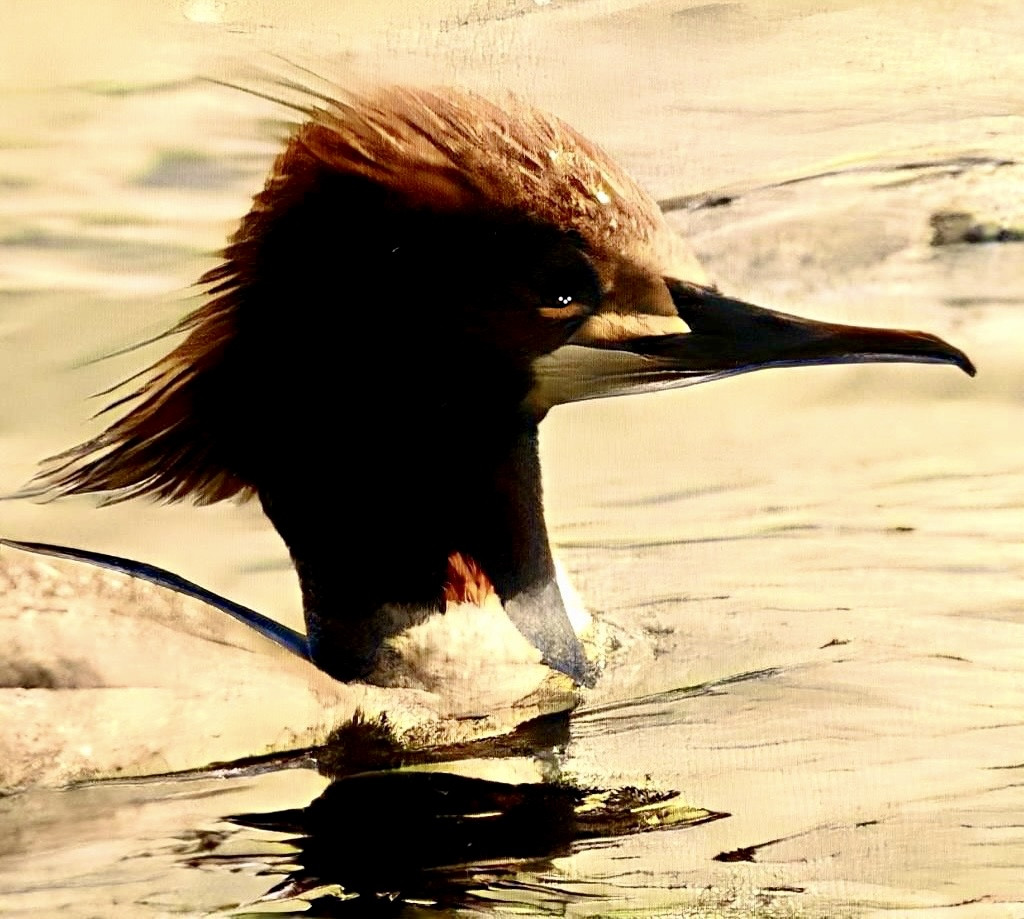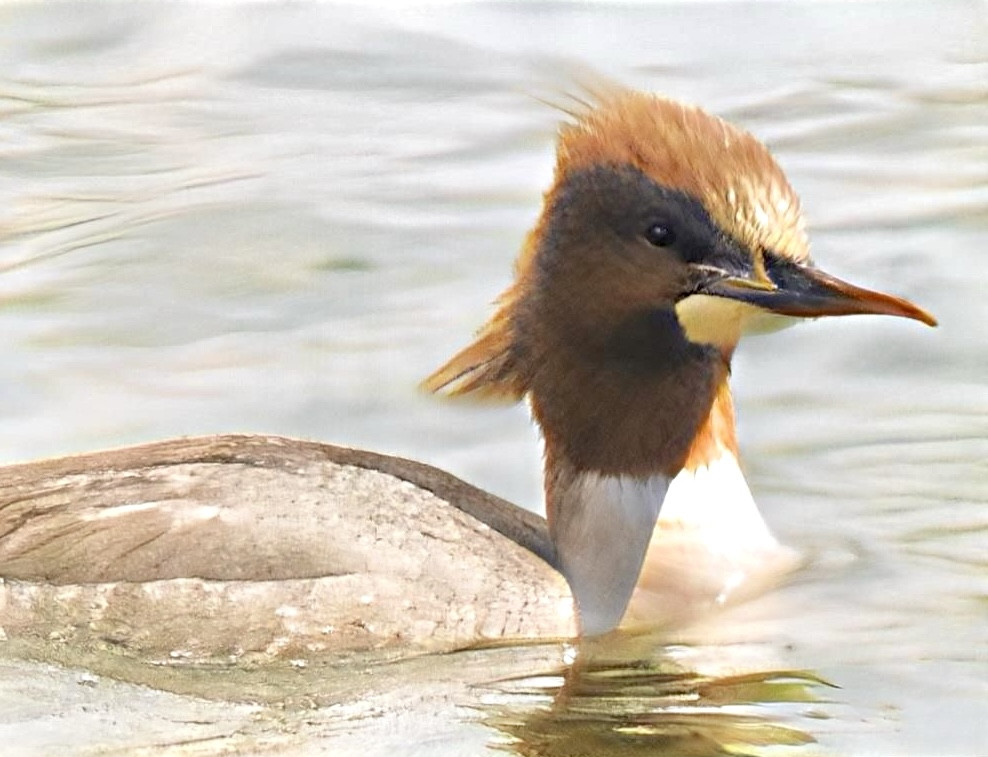Description
The deep waters around Lake Vättern are ice-free most years. This makes it an excellent wintering area for birds. The lake holds large wintering populations of gulls like Burni Galeb, Galeb Klaukavac and Veliki tamnoleđi galeb. This is also one of the best places for the rare Glaucous Gull, although it is not seen most years. Most gulls winter around Motala. The area also holds wintering waterfowl. Most commonly: Veliki ronac, Crvenokljuni Labud, Siva Čaplja, Žutokljuni Labud, Krunata Patka and Patka Batoglavica. Around Vadstenaviken large amounts (many hundreds) of Divlja Patka winter. Often with other rarer (wintering) dabbling ducks in the mix. The lake also holds wintering populations of Veliki Vranac, Mali ronac, Bijeli ronac (visitors from Boren) Ćubasti Gnjurac, Mali Gnjurac, and during mild winters: Ušati gnjurac, Patka kulašica, Crnogrli Plijenor and Patka ledara. The large fields around Vadstena and Norrsten hold wintering geese, Gorska juričica and Bijela strnadica. Many birds of prey also winter. Most common are Kobac, and Štekavac.
During the last weeks of Febuari the first spring birds arrive. Čvorak, Poljska Ševa, Zeba, and Vivak are usually the first to arrive. Some of the previously mentioned birds might start to winter if the winters continue to be mild. Many geese like Sjevernomorska guska, Siva Guska, Guska Glogovnjača, Lisasta Guska Tundra guska and Kanadska guska are often seen. Most geese congregate around Tycklingen and Norrsten. Sometimes Crvenonoga guska is also found.
During March most of the geese increase in number. More birds of prey arrive: Škanjac gaćaš, Vjetruša, Sivi Sokol, and Crvena lunja. In Vadstenaviken large amounts of dabbling ducks often rest. Utva (Regular), Riječni Galeb, Oštrigar, and Šljuka Kokošica also arrive during this period. From this period onwards Velika Bijela Čaplja is sometimes seen.
During April other wader along with Juričica and Livadna Trepetljka arrive. During April-May large amounts of passerine birds, wader, gulls, and terns use the lake as a landmark for migration. It starts in the middle of April with thousands of Zeba and Sjeverna Zeba, continuing with thousands of Veliki Pozviždač, with smaller amounts of other waders like Prugasti Pozviždač, Riđa muljača, Pršljivac and Crvenonoga Prutka. Also large amounts of gulls like Riječni Galeb and Burni Galeb. In early May hundreds of terns (Crvenokljuna Čigra, Arktička čigra) pass. Along with rarer birds like Crna Čigra, Troprsti galeb (quite rare) and Mali Galeb.
During the summer many species of night-active birds can be heard like Pjegavi Cvrčić, Mrki Slavuj, Kosac, Veliki Trstenjak (vadstena reningsverk), Prepelica and sometimes Cvrčić potočar. Many other warblers can be found during this period. In the cities of Motala and Vadstena city birds like Gugutka, Zelendur, Mrka Crvenrepka (missing most winters), Sjeverna Zeba, Divlji Golub, and Crnokapa Grmuša can be found year round.
Details
Access
Parking can be done at ample places. Some of them are: Tycklingen, Motala, Råssnäsudden, and Vadstena castle. Click on a P in the map to get directions to that area.
Terrain and Habitat
Forest , Wetland , Scattered trees and bushes , Grassland , Valley , Plain , Plateau , Lake , Beach , Mud flats , Agriculture , Reedbeds , River , City/villageConditions
Flat , Hilly , Sandy , Wet , Open landscapeCircular trail
YesIs a telescope useful?
Can be usefulGood birding season
All year roundBest time to visit
WinterRoute
Paved roadDifficulty walking trail
Average walkAccessible by
Foot , Bicycle , CarBirdwatching hide / platform
NoExtra info
Be respectful of the birds. Especially during breeding season.






